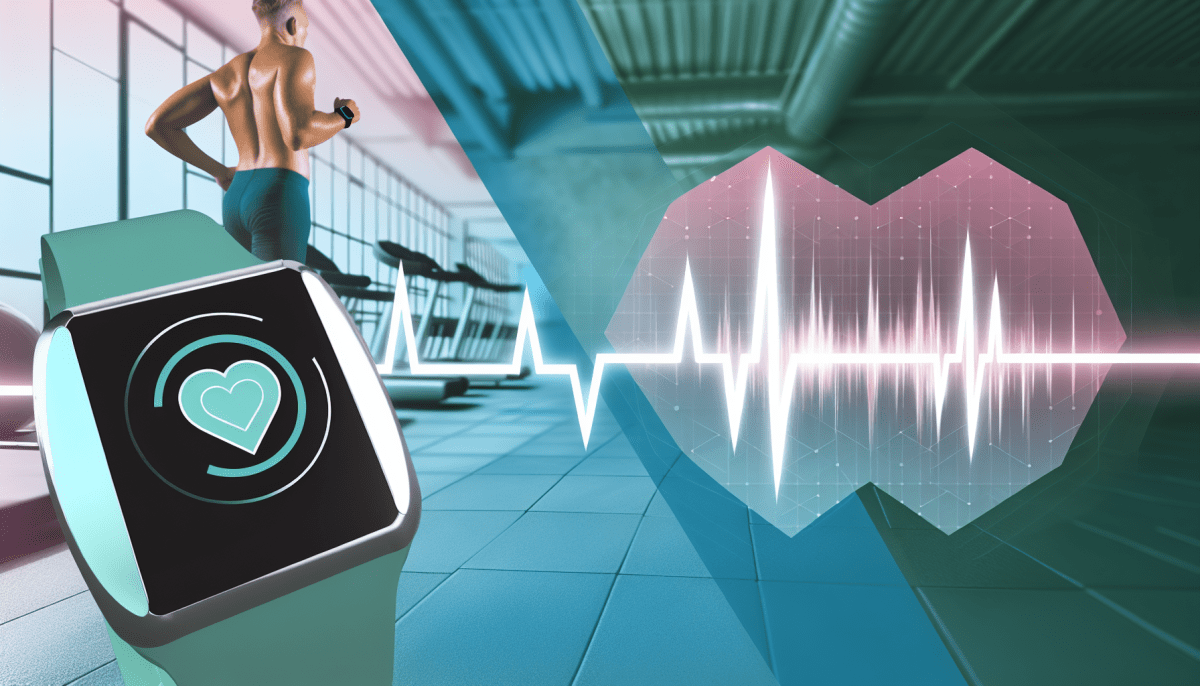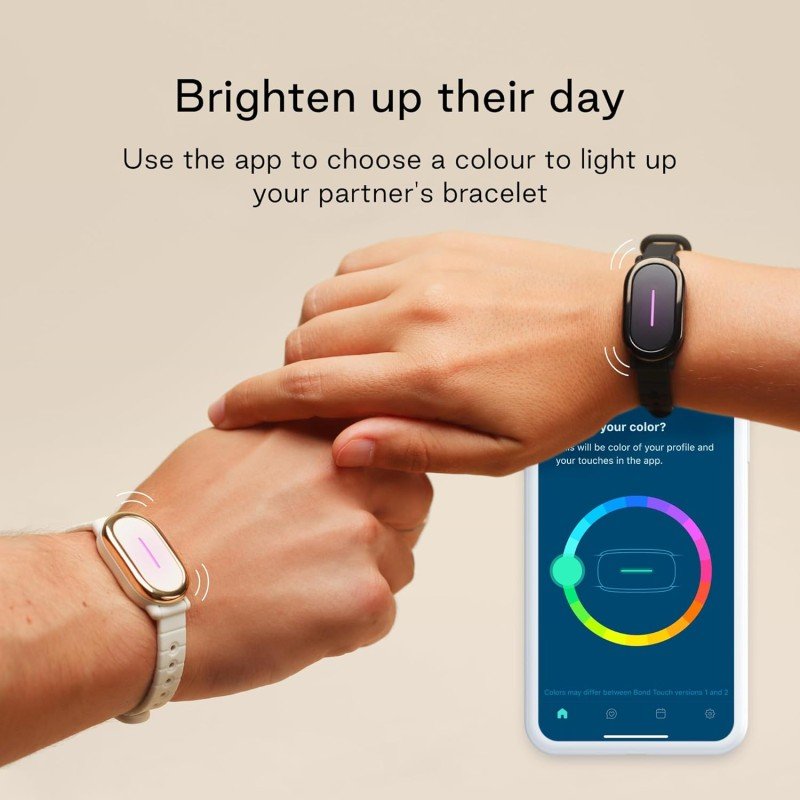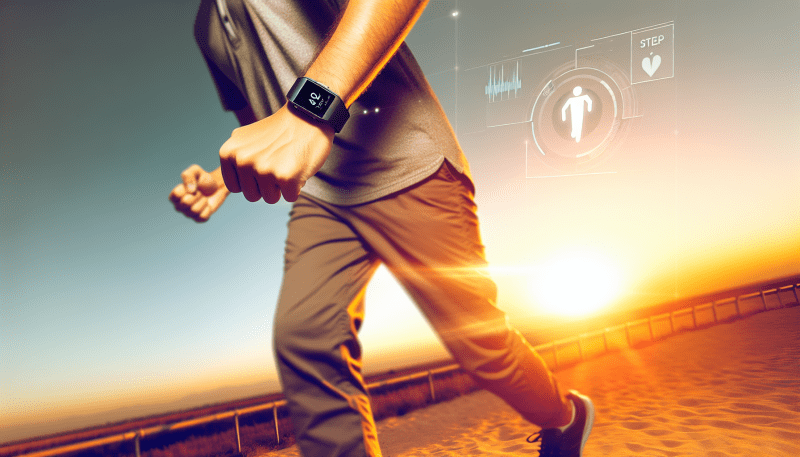If you’re looking to keep tabs on your fitness and overall health, a heart rate monitor can be a game-changer. These devices help you track how your heart is doing during workouts, which is key if you want to improve your fitness or hit specific training goals.
One of the biggest benefits of using a heart rate monitor is that it gives you real-time feedback. This means you can see how hard your heart is working while you exercise. If you notice your heart rate is way higher than it should be, you can ease up a bit. Or, if you’re not pushing yourself enough, you can pick up the pace! With this info at your fingertips, you can fine-tune your workouts to get the best results.
Additionally, these monitors are super helpful for tracking your progress over time. Whether you’re training for a big race or just trying to stay healthy, seeing your heart rate patterns can motivate you and help you understand what works for your body. Plus, many heart rate monitors sync with apps, allowing you to keep detailed logs of your workouts, which can be really encouraging.
Lastly, using a heart rate monitor is a great way to stay safe while exercising. If you have any underlying health concerns, keeping your heart rate in check can give you peace of mind. It can alert you when your heart rate is outside of your normal range, making it easier to avoid overexertion. This added layer of safety is something every savvy fitness enthusiast should consider!
Key Features to Consider When Buying
When you’re diving into the world of health rate monitors, there are a few key features you’ll want to keep in mind. Not all monitors are created equal, so knowing what to look for can make a big difference in finding the right one for you.
1. Accuracy: The most important factor is how accurate the monitor is. You want a device that gives you precise readings, so check for user reviews and ratings. Some monitors may come with advanced sensors that enhance accuracy, which is especially useful for those heavily involved in fitness.
2. Comfort and Fit: If you’re using a wrist monitor, make sure it feels comfortable and fits well. You don't want to be adjusting a loose or tight strap while working out or going about your daily routine. Look for adjustable options or those that come in different sizes.
3. Battery Life: Battery life can vary quite a bit from one model to another. If you plan on using the monitor every day, look for one that offers a long-lasting battery. Some devices even have rechargeable options, which can be super convenient.
4. Connectivity: Many modern health rate monitors sync with smartphones and fitness apps. This is a great way to track your progress over time. Look for Bluetooth or ANT+ connectivity features to make data tracking hassle-free.
5. Extra Features: Lastly, consider any additional features that might be helpful for you. Some monitors offer heart rate alerts, sleep tracking, or even workout modes for different types of activities. Think about what you’ll actually use to make your choice easier.
How to Use Your Health Rate Monitor
Using your heart rate monitor is super easy, and it can really help you understand your fitness levels and health better! Whether you have a strap-on monitor or a sleek smartwatch, getting started is straightforward. Here’s how to get the most out of your monitor.
First things first, make sure your device is charged and synced with your smartphone or fitness app if needed. Most modern heart rate monitors come with an app that helps you track your data more effectively. Once you’re set up, strap it on or wear it as directed. If you’re using a chest strap, make sure it fits snugly but comfortably. You don’t want it too tight!
When you’re ready to go, just start your exercise or workout routine. Most monitors will automatically start tracking your heart rate once they detect movement. Keep an eye on your monitor during your activity to see how your heart rate responds. It’s normal for your heart rate to increase during exercise, so don’t be alarmed by changes!
After you finish your workout, take a moment to review your data. Most apps will provide insights into your heart rate zones, which can be super helpful in understanding how hard you’re working. You can also track your heart rate recovery, which indicates how quickly your heart returns to its resting rate after exercise. This is a great way to monitor your fitness progress over time!
Tips for Getting Accurate Readings
Getting accurate readings from your heart rate monitor is super important for tracking your fitness and overall health. Here are some handy tips to help you get the most reliable data.
1. Positioning is Key: Make sure your monitor is snug but comfortable against your skin. If it’s a wrist monitor, wear it just above your wrist bone for the best contact. Chest straps should sit just below your pectoral muscles for an accurate reading.
2. Consider Your Environment: Be aware of your surroundings! Electrical interference from devices like fans or large machinery can mess with signals. Try to keep your monitor away from these distractions for cleaner readings.
3. Stay Hydrated: Not only is hydration good for your health, but it also helps improve the accuracy of your readings. Drink enough water, especially before workouts. Dehydration can lead to fluctuations in heart rate that may not give you a true picture.
4. Don’t Move Too Much: During a workout or measurement, try to stay steady. If you’re bouncing around too much, your monitor might struggle to catch an accurate reading. Keep your movements smooth and controlled.


